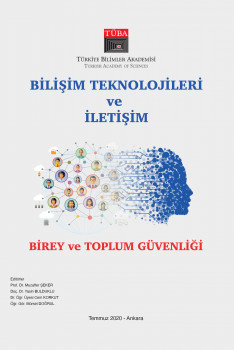Transformation of Social Movements Through the Social Media

Transformation of Social Movements Through the Social Media
Rapid changes in mobile technologies, notably the Internet, have affected and transformed social movements at all points. The Internet, which keeps a unique atmosphere, has revealed new social relationship patterns and even new social identities; many NGOs and pressure groups have become active as they had never been previously. Humanity has started to experience such an intensely “intercultural communication” environment, perhaps for the first time in the historical process. Social media spheres have become the most important power area, which determines the agenda(s) that no one could become uninterested in, intervenes in the governance of the countries, and affects the political and civil decisions.
In recent years, social movements that have been increasing and becoming visible are the places where they find their source in social media spheres and mobile applications. Social media spheres are again the most powerful channels of new social movements in providing purposes such as ‘organizing’, ‘forming public opinion’, ‘internal communication’, ‘obtaining information, ‘finding sympathizers’, ‘forming pressure groups’, ‘making an impact’. Thanks to these fields, when people become the participants of social media without going out, they also become the “supporters of digital movements from their seats”. Perhaps, the best example of social media’s use of social events for the benefit of society and changing the destiny of society was the July 15 Treacherous Coup Attempt in our country. During the treacherous coup attempt organized by FETO on July 15, 2016, the social media message that President Recep Tayyip Erdoğan invited citizens to the streets played a very important role in the ‘resistance against the coup’. On the other hand, the main channel of the protests that took place in Taksim Gezi Park in Istanbul in 2013 and spread throughout the country was again social media platforms. It was observed that the ‘libertarian democratic’ discourses that emerged in the early days of the Gezi Park protests turned towards more ‘radical’ discourses with the effect of their changing profile in the following days. As the protesters organized through social media, those who did not directly participate in protests were also a part of movements, too. In prominent mediaorgans of the world, it is discussed that the biggest threat to democracy is social media. The rationale is that social media have become the biggest power that triggers social movements. Social media spheres are new social organization areas; both the most visible and invisible sides of social movements are constructed on these areas. By their invisible aspect, the main problems for organizations in social media are the uncertainty of their financial support, the rapid involvement of fake news, the openness to manipulation, the indistinguishability of true news and fake news, and the uncontrollably of anonymous accounts
